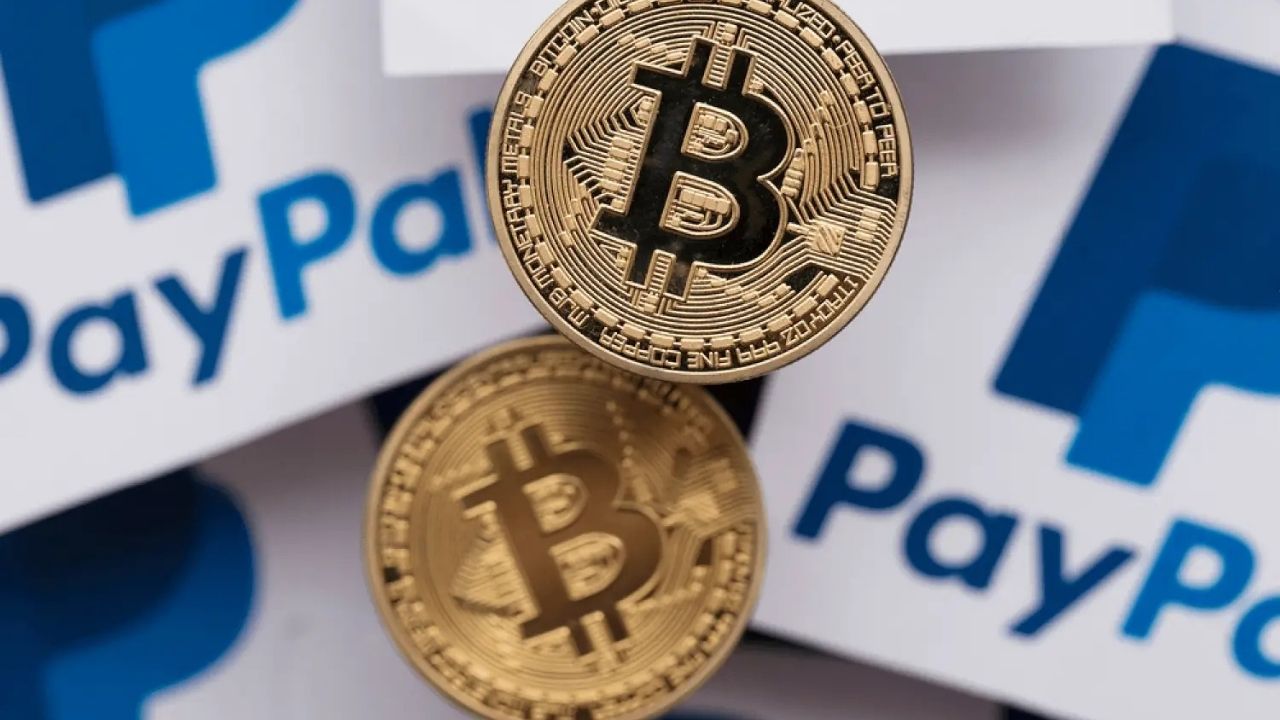As the popularity of Bitcoin increases in 2025, more customers are using the services of such giants as PayPal to start with. PayPal is easy to use and has wide international access, which is attractive to beginners. This article outlines how to buy bitcoin with paypal and contrasts that to buying Bitcoin via a regular cryptocurrency exchange. We will reveal transaction fees, spreads, and other invisible charges to enable you to make an informed cost comparison between the two methods and determine which mode is better in terms of pricing.
What PayPal Charges in the Bitcoin System
Purchasing Bitcoin with PayPal, such costs seem to be simple at first. PayPal also attaches a transaction fee to the volume of cryptocurrency purchased at different percentages that scale down when the volume of the purchase is higher. Using the above as a reference, a 2.3% fee might be associated with a purchase worth USD 200 (in relation to a two-to-one trend experienced as of 2025), and 1.5% on 1000 (within a two-to-five pattern projected to come into motion by 2025).
Transaction fees are not the only cost, though. PayPal also has a spread that refers to the gap between the buy and sell. This is normally between 0.5 and 2 percent, depending on the nature of the market volatility. The quoted price of PayPal is different from that of traditional exchanges since the latter showcases the real-time prices of the market.
Traditional Exchanges Work
However, compared to the traditional exchanges such as Coinbase, Binance, Kraken, and others, they have better-defined and less unpredictable fee structures. They are all charged using a maker-taker fee structure, or an arrangement in which fees cost either more or less depending on whether the order provides liquidity (maker) or removes the liquidity (taker). These commissions usually begin at 0.1% to 0.5%, which is substantially lower than PayPal has already charged ever since its commencement. Moreover, the rates with increased trading volumes or by holding a native token of a platform, e.g., BNB on Binance, can be decreased.
The Shadow Price of Ease
There is, of course, a far greater distinction between PayPal and the other eastern exchanges in terms of numbers, but even more so in terms of convenience and control. PayPal makes it as easy as a few clicks, and this is what is ideal about PayPal as an option that suits those who are just starting out and those who may be treating investments as a hobby. There is no need to establish a specific crypto wallet, check a variety of accounts, or find your way through complicated trading dashboards. This simplicity, however, is bought at a price.
You will pay a premium price in terms of higher transaction costs and increased spreads to handle convenience. These extra charges can be a massive dent in your investment returns, particularly where you are investing small sums on a regular basis.
Comparative Cost PayPal vs. Exchanges
So, a quick comparison. You want to pay $1,000 with PayPal, and you have to pay a fee of 1.5%, as well as a 1% spread. You may pay a trading fee of 0.5% on Coinbase, which would present a total fee of only $5. Even by factoring in a network fee when transferring Bitcoin to a personal wallet, the amount would still vastly underestimate the PayPal amount.
Although this is a simplification, this is a theme that repeats itself, which is that PayPal is more costly on the same asset. The greater your trading or investment, the bigger those differences in fees can make over time.
Which Option Is Suitable for You?
Assuming you have very low entry amounts and ease and speed are at the top of your priority list, PayPal can be a good place to start. However, traditional exchanges allow greater governance over your funds. They are better suited to more serious investors who want to buy Bitcoin regularly or to investors who simply want more control over their investments.
The thing is knowing what you are paying. PayPal is purchasing Bitcoin with a convenient skin on. With conventional exchanges, you are putting in time in the short term so that you will save in the long term.
Conclusion
By 2025, purchasing Bitcoin will be more convenient, but not every service provider is equally good in terms of the commission percentage charged. Although PayPal gives a frictionless experience, the cost of a friction-free experience can be encompassing. Traditional exchanges, in their turn, offer to reward patient learners with reduced fees and more control of the proceedings.
The most appropriate option will depend eventually on what you want. Be sure to watch out that you are not handing over your profits to hidden expenses. What can be said when it comes to Bitcoin, though, as far as a fraction is concerned, it all counts.

